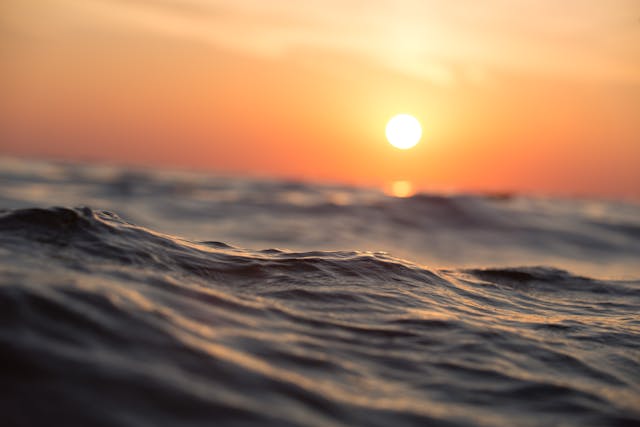
Overview of the Chapter: Oceans and Continents
This chapter introduces students to the major oceans and continents of the world. It explains their geographical locations, characteristics, and significance in shaping Earth's environment and human life.
Continent: A large, continuous landmass separated by oceans. There are seven continents: Asia, Africa, North America, South America, Antarctica, Europe, and Australia.
Ocean: A vast body of saltwater covering a large portion of the Earth's surface. The five major oceans are the Pacific, Atlantic, Indian, Southern, and Arctic Oceans.
List of Continents
- Asia: The largest continent, home to diverse cultures and landscapes.
- Africa: Known for its rich wildlife and the Sahara Desert.
- North America: Includes countries like the USA, Canada, and Mexico.
- South America: Features the Amazon Rainforest and the Andes Mountains.
- Antarctica: The coldest and least populated continent.
- Europe: Known for its historical landmarks and diverse cultures.
- Australia: The smallest continent, also called an island continent.
List of Oceans
- Pacific Ocean: The largest and deepest ocean.
- Atlantic Ocean: Connects the Americas, Europe, and Africa.
- Indian Ocean: Surrounded by Asia, Africa, and Australia.
- Southern Ocean: Encircles Antarctica.
- Arctic Ocean: The smallest and coldest ocean, located around the North Pole.
Importance of Oceans and Continents
Oceans regulate climate, support marine life, and facilitate trade. Continents provide habitats for humans, animals, and plants, and are centers of cultural and economic activities.
